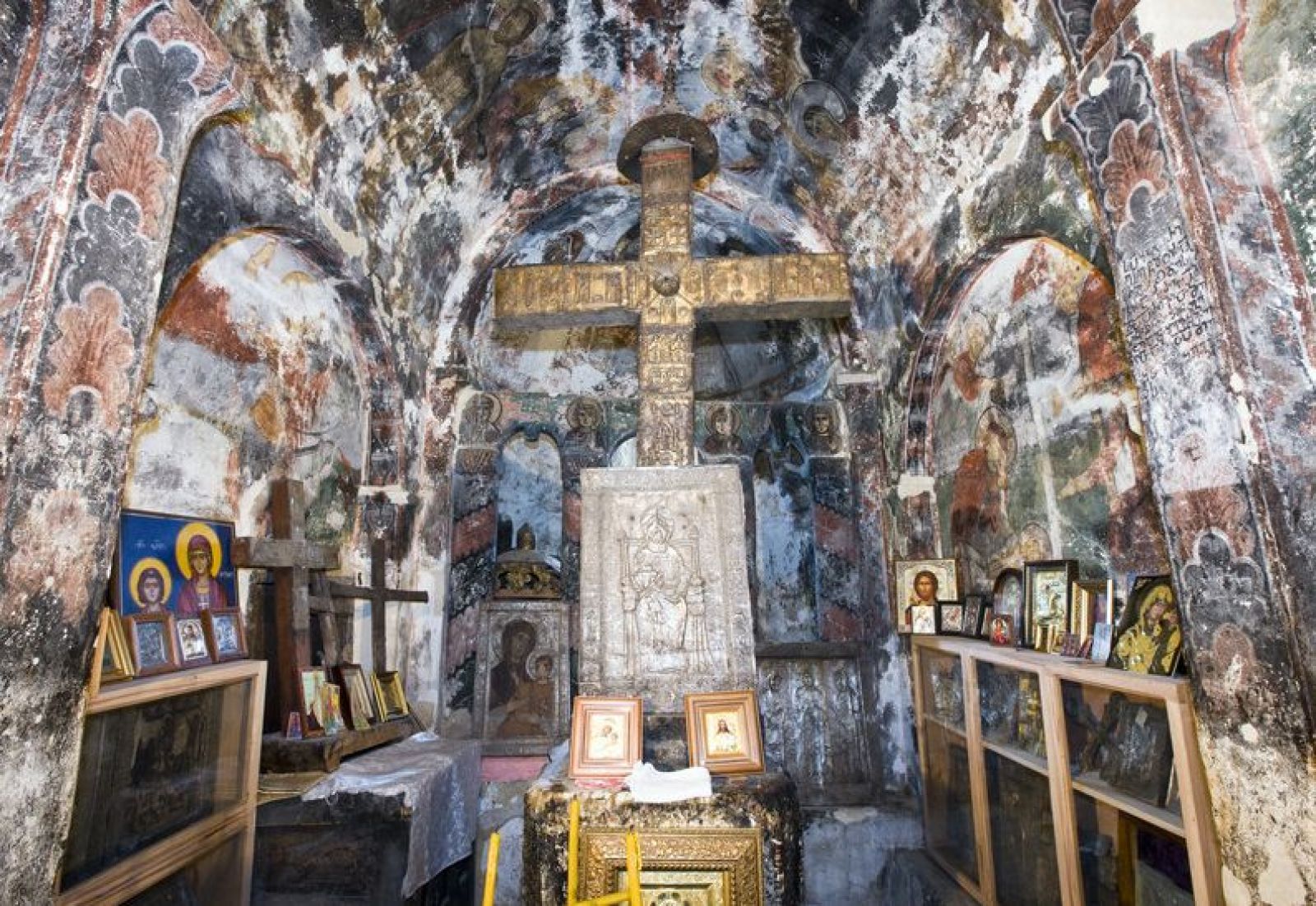The doctoral project focuses on portable icons of medieval Georgia, which collectively comprise the second largest corpus of medieval icons to have survived from the Christian East, surpassed only by the holdings at St Catherine’s monastery in Sinai. The Georgian collection includes over two thousand pieces of metalwork and mixed-media examples, and the vast number of survivals testifies to the continuous tradition of production and veneration of religious images in Georgia. The thesis sheds light on how these objects were produced, venerated and conceptualised in the medieval period and beyond, by bringing together primary sources, photographic and other documentary material, as well as ecclesiastical and oral traditions. Through an engagement with contemporary discourses regarding sacred art in Georgia, the thesis raises questions about the status, ownership and conservation of icons, and their dual role as both national patrimony and significant devotional objects that protect the nation. Beyond its importance within the context of national art history, this material is critical as a springboard for the study and reconsideration of icons in the wider eastern Mediterranean world, especially in view of substantial losses to Byzantine visual culture.
Forschung
The Making of the Medieval Georgian Icon from the Ninth Century to Today
Bella Radenović

Interior view of the church of Saints Kvirike and Ivlitta (Quiricus and Julitta), featuring wall paintings dated to 1112, medieval icons and a pre-altar cross. Upper Svaneti, Georgia. © Photothek des Kunsthistorischen Instituts in Florenz – Max-Planck-Institut. All rights reserved.


